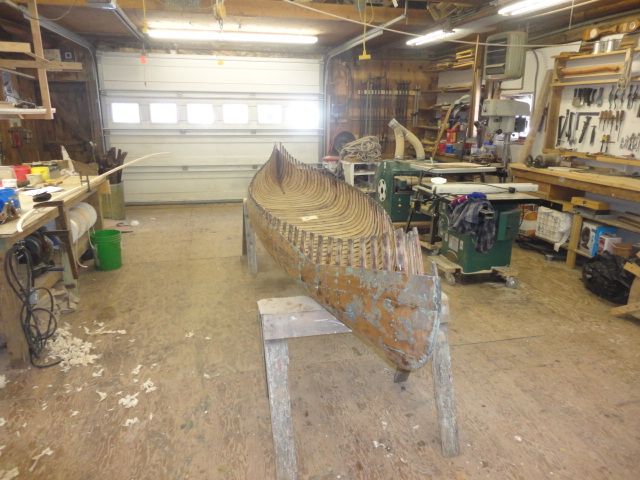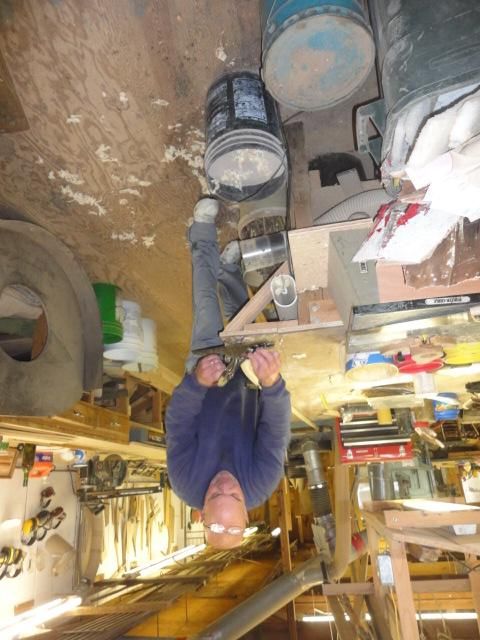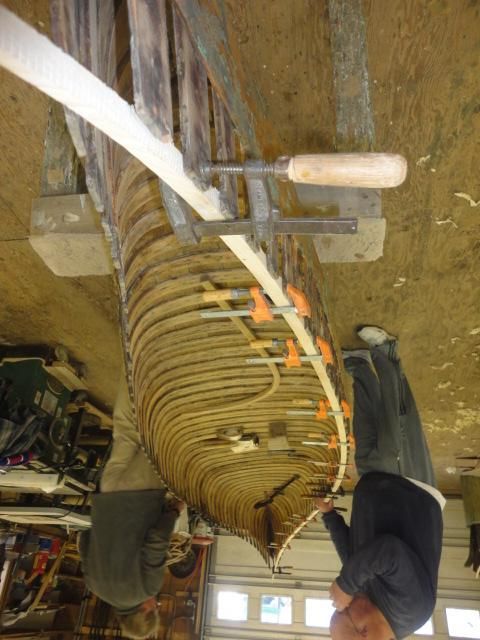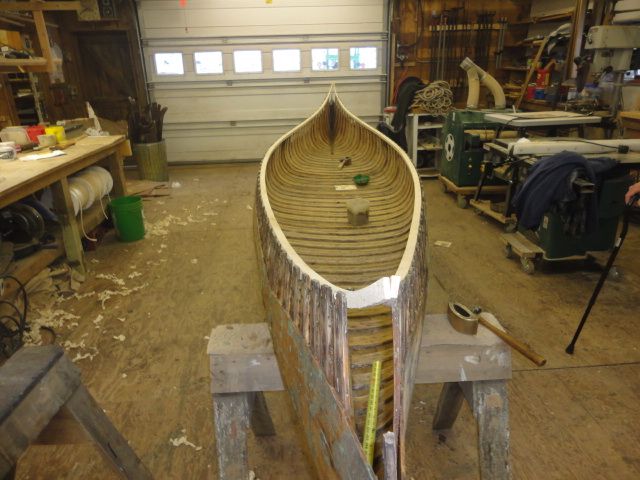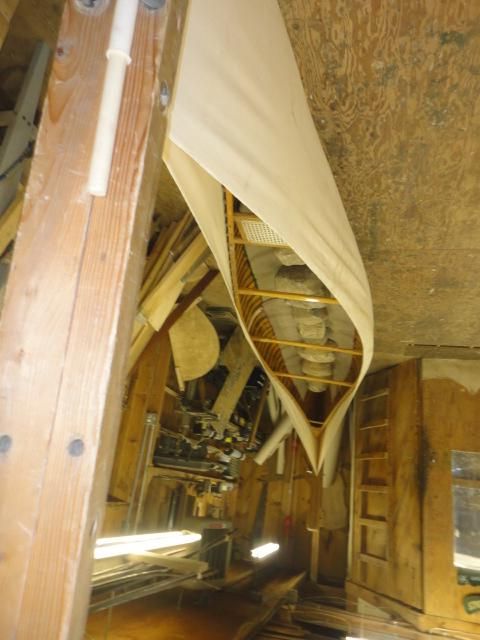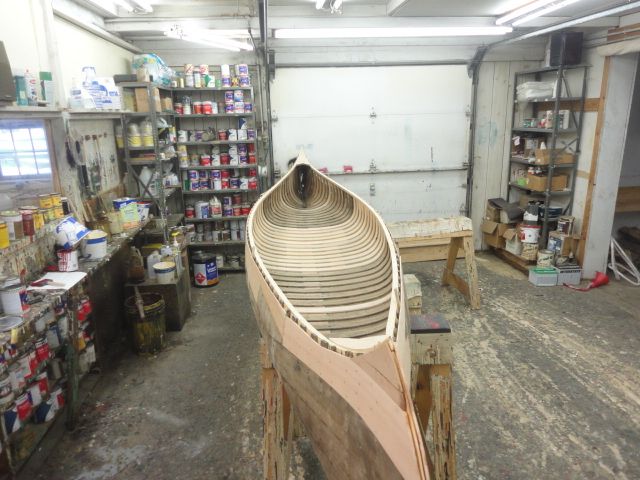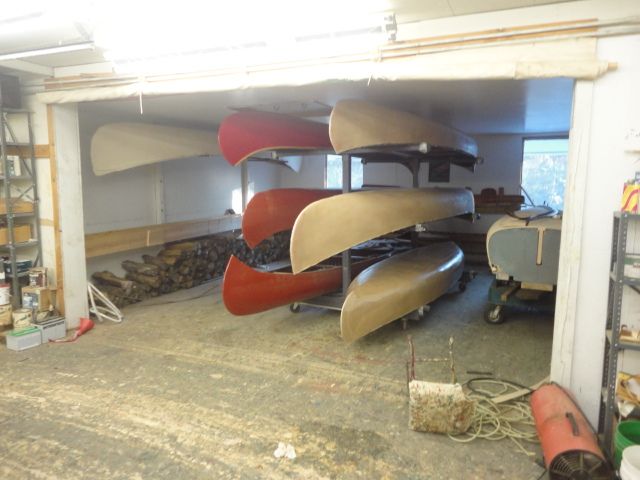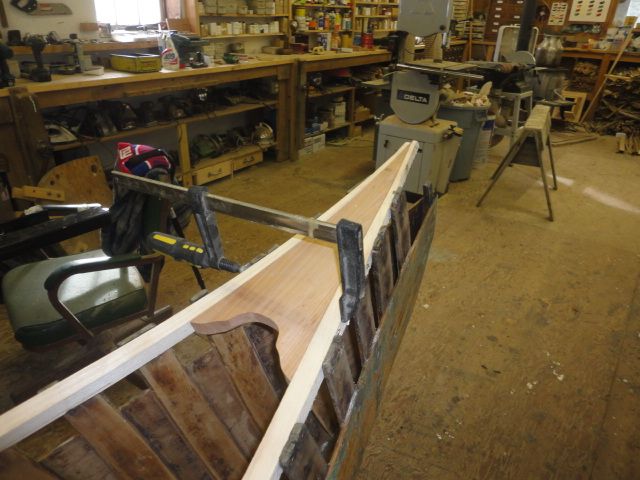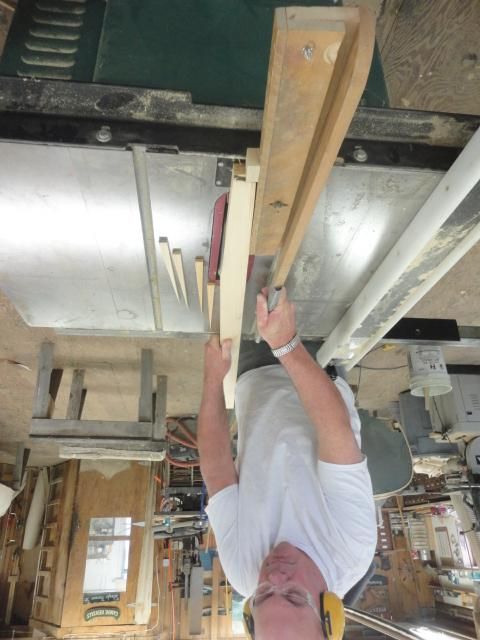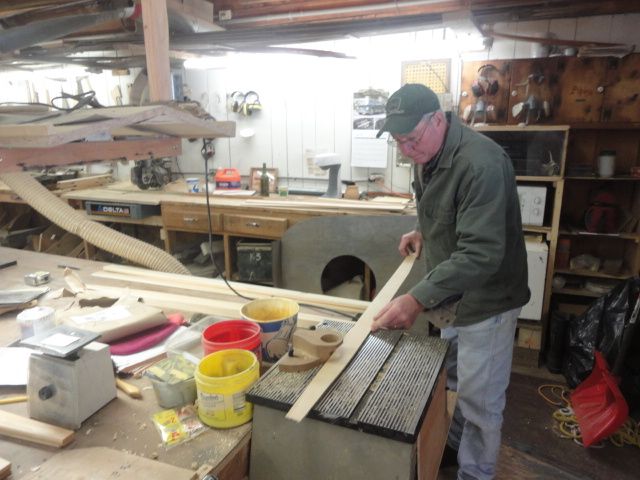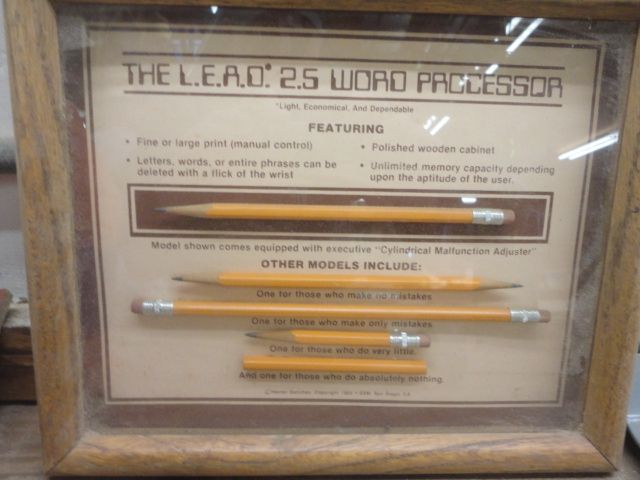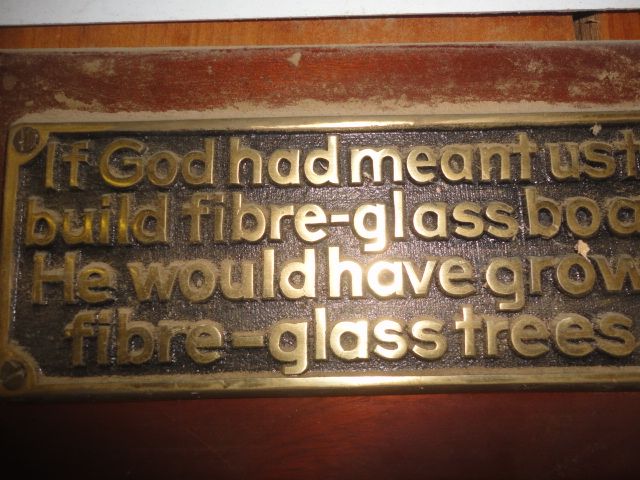A friend of mine suffered a pretty bad back injury. He will probably never work again, and for a guy with his work ethic, it was not only was a blow physically, but it got him down mentally.
He had a history of childhood camps with Old Town wood canvas canoes, but his adult interest had turned to Kevlar Kayaks, and he owned a beauty. Recently, he mentioned, he sold the kayak and he figured his paddling days where over.
He also mentioned he had bought some high end wood working tools and machines and planned on spending his now ample free time making bird houses and small projects.
At a recent birthday party for our granddaughter (his daughter is married to my son), I mentioned that I always thought he was a wood canvas type guy in denial and somewhere deep inside, his true love was an Old Town canoe waiting to be restored. Lucky for him, I had an Old Town 16' 70 year old OTCA in my barn loft waiting for his loving care.
He accepted my offer, the next day I delivered the old Old Town, but we put it in the back shed and he thought it might be 6 months before he started on it. OK by me, I know how that works, that canoe would be calling out to him for attention, and the next morning he called, the canoe was in his shop on horses, thanks to a neighbors help.
Move forward a few days, we loaded the canoe back onto my truck and brought it over to Schuyler Thomson's shop in my town, Norfolk, CT.
https://www.google.com/search?q=sch...tvLNezjsASJjIBo&ved=0CEoQsAQ&biw=1086&bih=632
We spent an hour and a half talking canoe and this canoes needs with Schuyler, the plan for it's restoration was set, we would use Sky's heated shop for a reasonable fee with his assistance, buying the needed parts through Schuyler also.
It's a good plan, the canoe has alot of potential, I'm pretty excited about working with Schuyler again, but better, my friend has a project to take his mind off of his current issues.
I will follow our progress in the future, and post here with pictures and story.
He had a history of childhood camps with Old Town wood canvas canoes, but his adult interest had turned to Kevlar Kayaks, and he owned a beauty. Recently, he mentioned, he sold the kayak and he figured his paddling days where over.
He also mentioned he had bought some high end wood working tools and machines and planned on spending his now ample free time making bird houses and small projects.
At a recent birthday party for our granddaughter (his daughter is married to my son), I mentioned that I always thought he was a wood canvas type guy in denial and somewhere deep inside, his true love was an Old Town canoe waiting to be restored. Lucky for him, I had an Old Town 16' 70 year old OTCA in my barn loft waiting for his loving care.
He accepted my offer, the next day I delivered the old Old Town, but we put it in the back shed and he thought it might be 6 months before he started on it. OK by me, I know how that works, that canoe would be calling out to him for attention, and the next morning he called, the canoe was in his shop on horses, thanks to a neighbors help.
Move forward a few days, we loaded the canoe back onto my truck and brought it over to Schuyler Thomson's shop in my town, Norfolk, CT.
https://www.google.com/search?q=sch...tvLNezjsASJjIBo&ved=0CEoQsAQ&biw=1086&bih=632
We spent an hour and a half talking canoe and this canoes needs with Schuyler, the plan for it's restoration was set, we would use Sky's heated shop for a reasonable fee with his assistance, buying the needed parts through Schuyler also.
It's a good plan, the canoe has alot of potential, I'm pretty excited about working with Schuyler again, but better, my friend has a project to take his mind off of his current issues.
I will follow our progress in the future, and post here with pictures and story.




